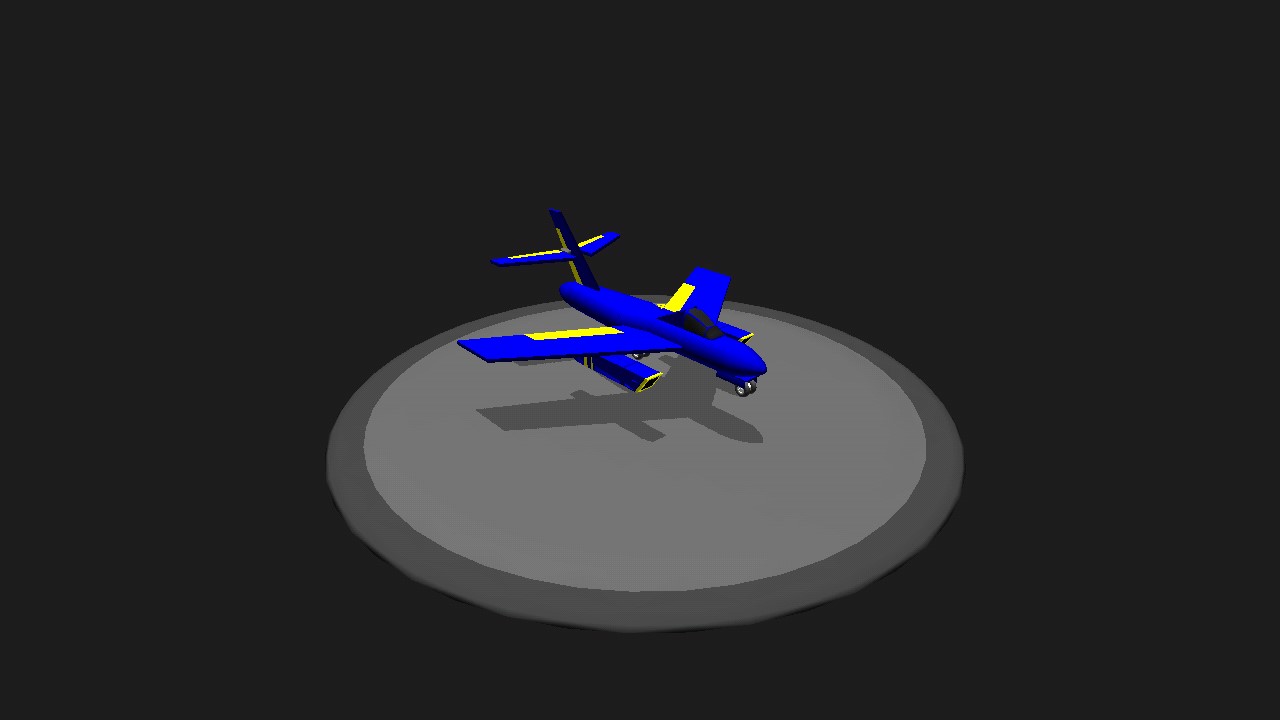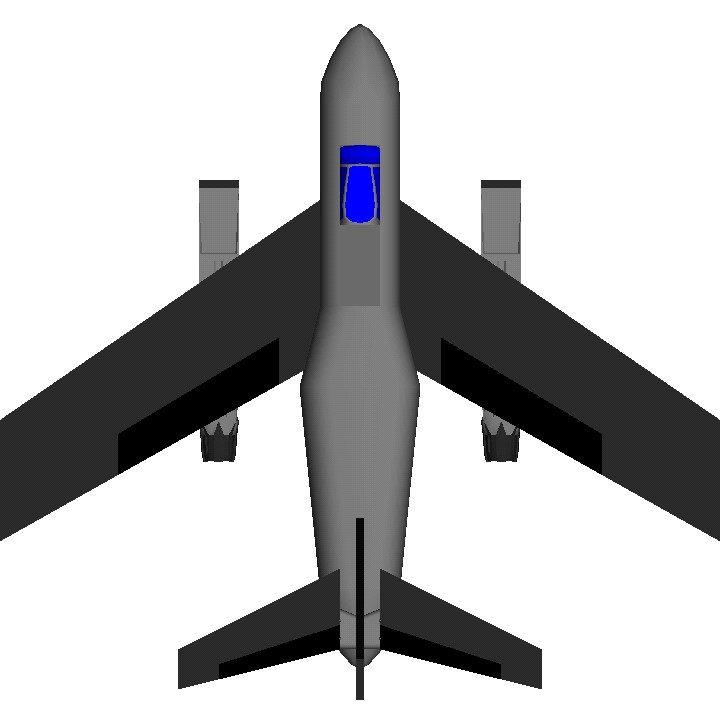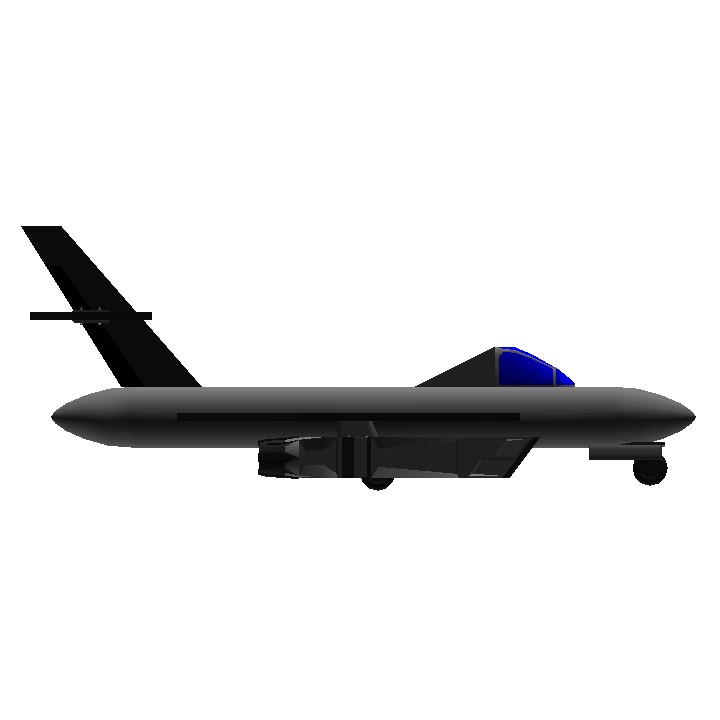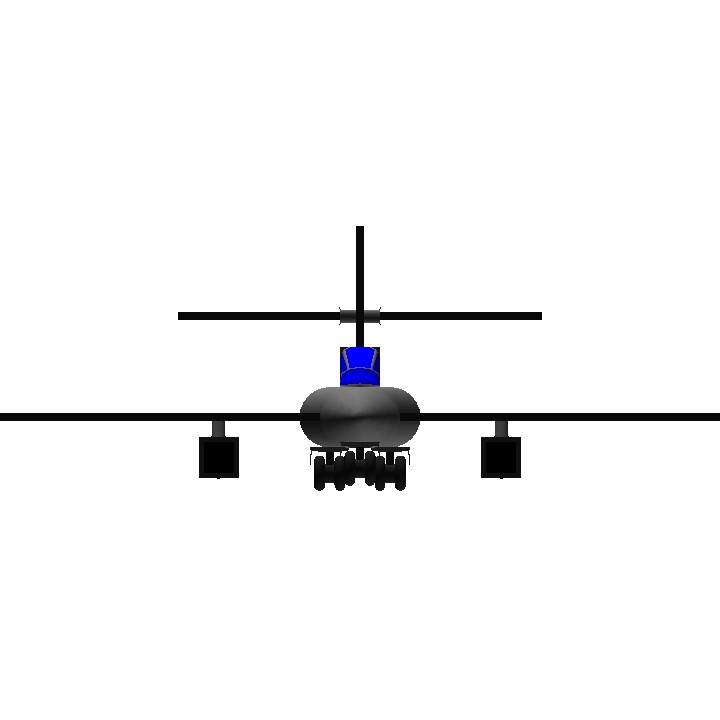NOTE: Taking off requires you to pull down to take off safely. In the summer of 1951, the NKAP issued a requirement for an all-weather interceptor fighter possessing sufficient internal fuel capacity to mount standing patrols of up to 2.5 hours duration and capable of accommodating a large, new radar. This supplanted an earlier requirement to which the Mikoyan-Gurevich I-320 and Lavochkin La-200 had been evolved. The new radar, known as the Sokol (Falcon), had a 80cm diameter dish, three different scan modes and an installed mass weight of almost 500kg. To meet this new requirement, the Lavochkin and Yakovlev OKBs respectively developed the La-200B and Yak-120. The latter, an all-metal stressed-skin tandem two-seater, was powered by a pair of small-diameter Mikulin AM-5A turbojets each rated at 2200kg and hung beneath a wing swept back 45° at quarter chord and mounted in full-mid position. The undercarriage was of zero-track type, with wingtip-housed outrigger stabilisers, and armament comprised two 37mm N-37L cannon with their barrels accommodated in external fairings beneath the fuselage. The first of three Yak-120 prototypes was flown on 19 June 1952, State acceptance testing paralleling construction of a pre-series of 20 aircraft for avionics development and, commencing late 1953, service evaluation. With ballast equivalent in weight to the Sokol radar - which did not attain service status until late 1955 - the Yak-120 had a loaded weight of 9220kg, series production commencing late 1953 as the Yak-25 with RD-9 turbojets each rated at 2630kg. Confusing repetition of the "Yak-25" designation resulted from its initial use as an OKB appellation and subsequent use by the NKAP as an official and sequential designation, the previous Yakovlev service fighter having been the Yak-23. The Yak-25 was assigned primarily to defence sectors in the Far North of the USSR, production being completed in 1958 after the delivery of 480 aircraft and service phase-out taking place in
Specifications
General Characteristics
- Created On Android
- Wingspan 29.3ft (8.9m)
- Length 27.3ft (8.3m)
- Height 10.7ft (3.3m)
- Empty Weight 5,302lbs (2,405kg)
- Loaded Weight 11,490lbs (5,212kg)
Performance
- Power/Weight Ratio 1.955
- Wing Loading 57.7lbs/ft2 (281.7kg/m2)
- Wing Area 199.1ft2 (18.5m2)
- Drag Points 2518
Parts
- Number of Parts 23
- Control Surfaces 5
- Performance Cost 194




